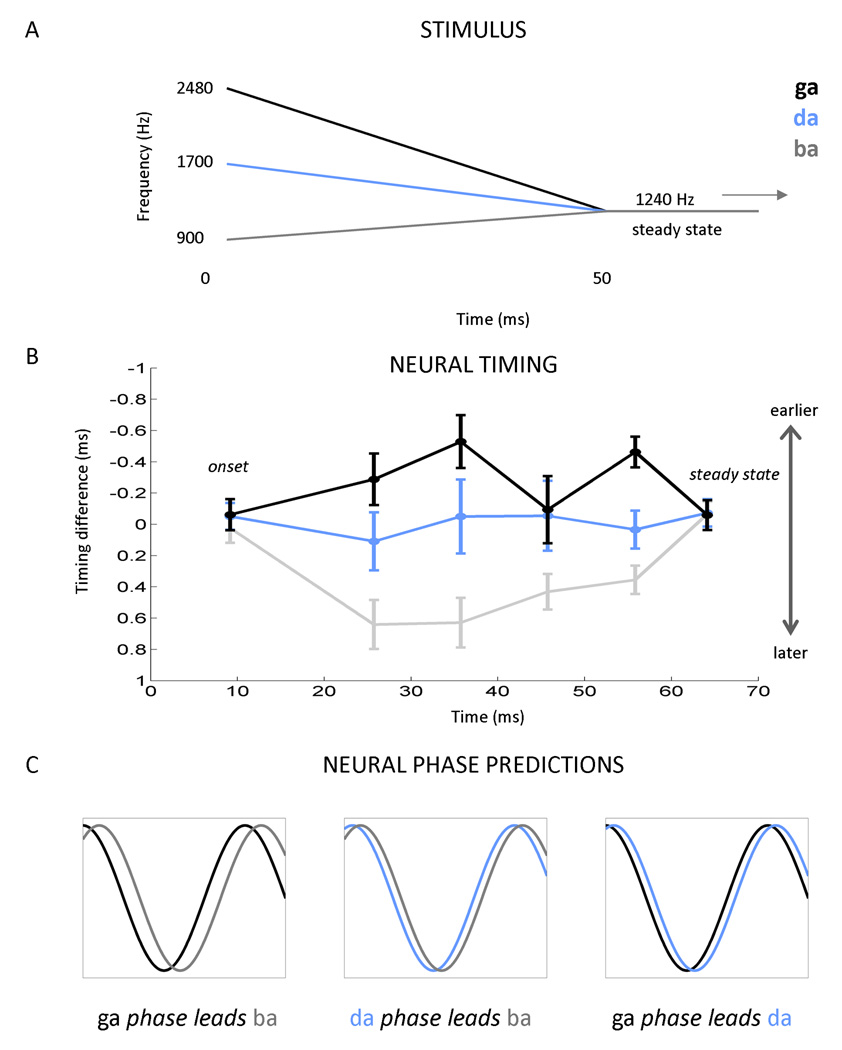Figure 1. Current method for comparing auditory brainstem responses (ABRs) to different stop consonants syllables (A–B) and phase shift predictions (C).
The frequency differences that differentiate the stop consonants syllables [ga], [da], [ba] (A) are represented in the ABR by timing differences, with [ga] responses occurring first, followed by [da] and then [ba] (B) (i.e., higher frequencies yield earlier peak latencies than lower frequencies). This pattern is most apparent at four discrete response peaks between the onset and steady-state components of the response. However, no differences are observed during the onset response (at about 9 ms) and the response to the steady-state portions of the syllables where the stimuli are identical (beginning at 60 ms). Figure modified from Hornickel et al., 2009. (C) Consistent with the pattern observed in the timing of the individual peaks, we hypothesized that for a given frequency within the cABR, that the [ga] response would phase lead both the [da] and [ba] responses. We anticipated that the [da] response would phase lead [ba].

